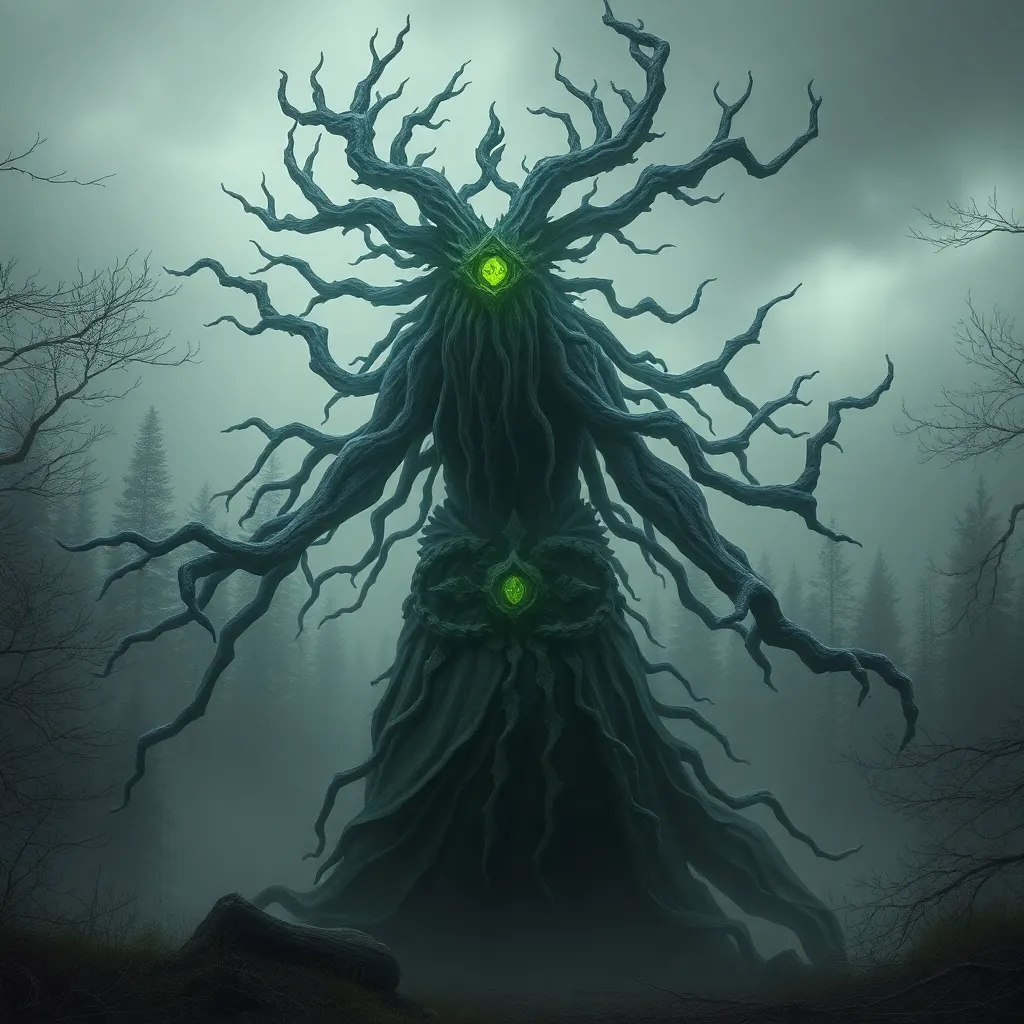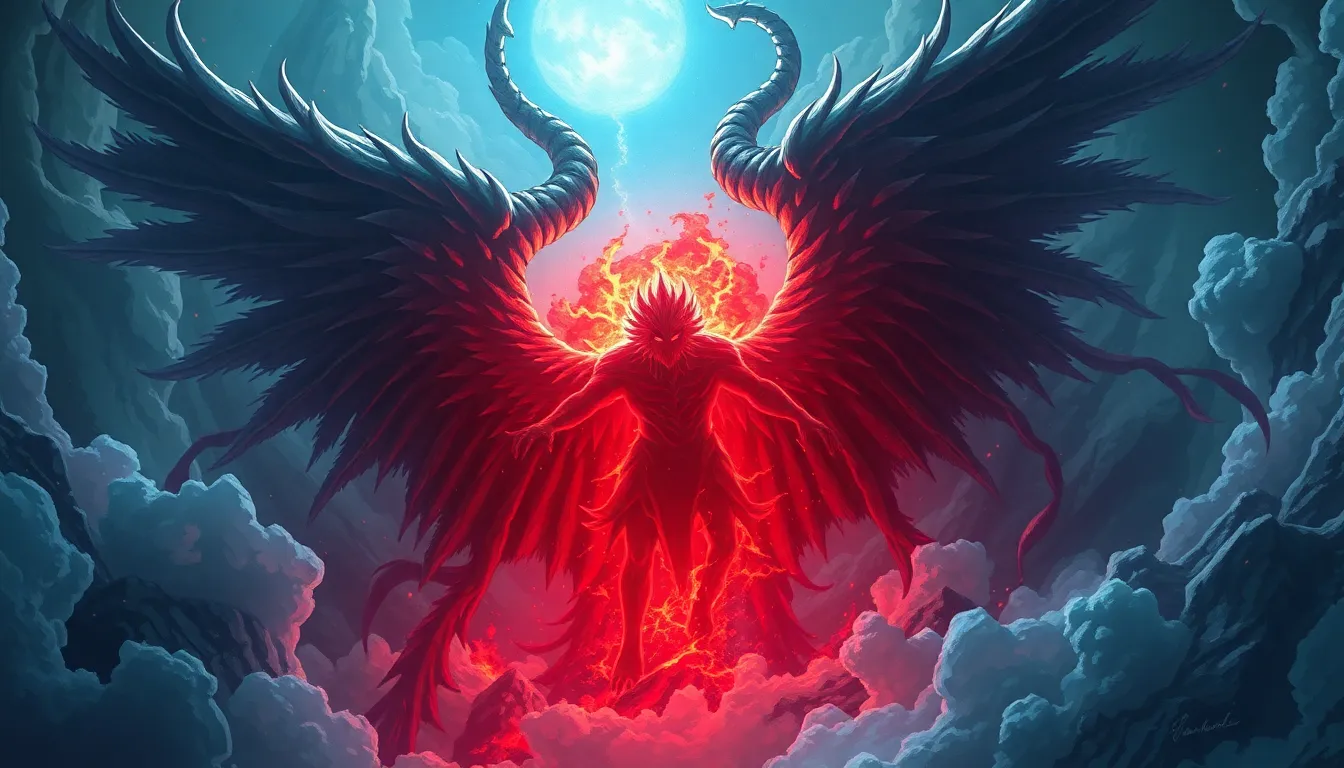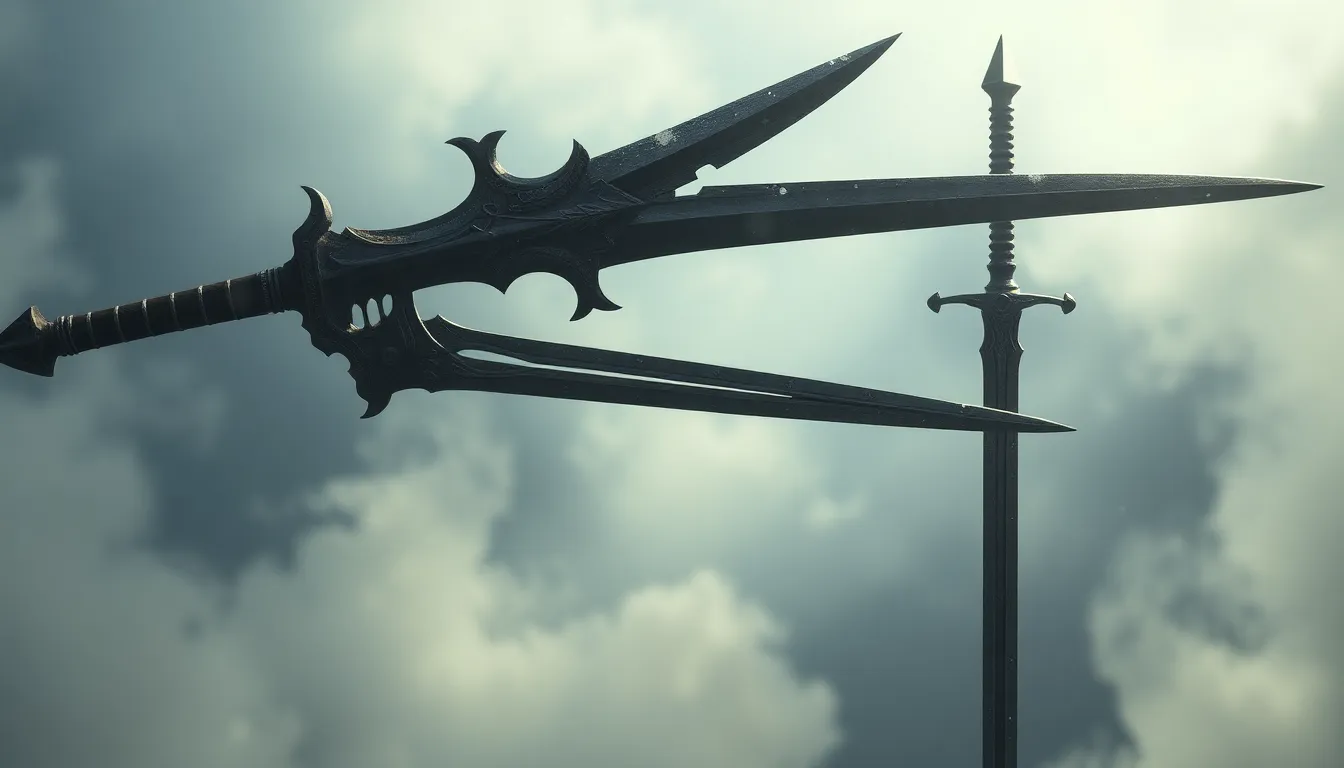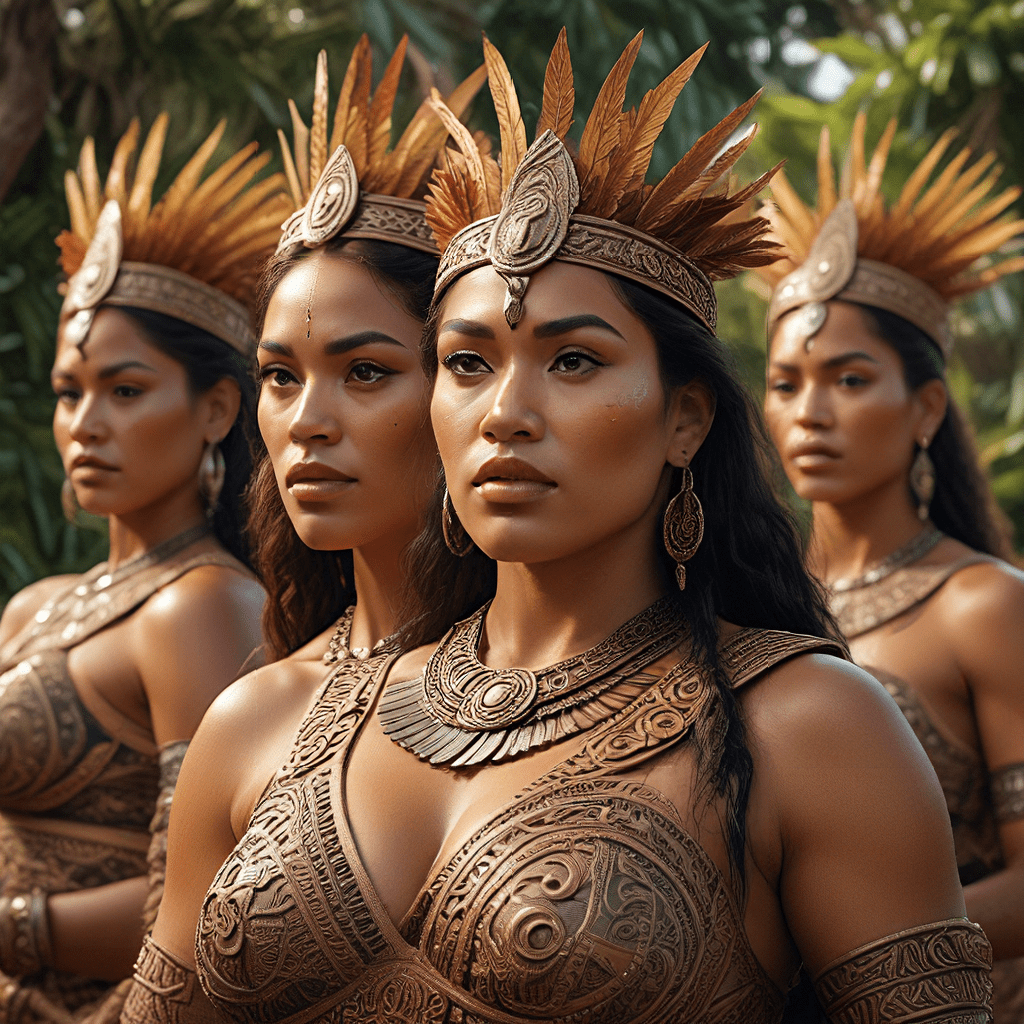Huldra: A Historical Perspective on the Forest Spirit’s Evolution
I. Introduction
The Huldra is a captivating figure from Scandinavian folklore, often depicted as a forest spirit with a dual nature—beautiful yet enigmatic. Traditionally portrayed as a stunning woman with long hair and a cow’s tail, the Huldra embodies the interplay between humanity and nature, serving as both a protector and a potential menace to those who wander into her woods. This article aims to explore the historical evolution of the Huldra myth, examining its origins, characteristics, cultural significance, and its relevance in modern spirituality and environmentalism.
II. Origins of the Huldra Myth
The roots of the Huldra myth can be traced back to ancient Norse mythology, where various nature spirits played significant roles in the lives of the people. The Huldra, in particular, is believed to have evolved from ancient beliefs about the forest and its inhabitants.
A. Historical roots in Norse mythology
In Norse mythology, the forests were seen as enchanted realms inhabited by both benevolent and malevolent beings. The Huldra is often associated with the “Hulder,” a term that refers to hidden beings or spirits. These entities were thought to guard the forest, ensuring the balance of nature.
B. Connections to ancient Scandinavian beliefs and nature spirits
Scandinavian folklore is rich with tales of nature spirits, including elves, trolls, and nymphs. The Huldra is often linked to these beings, reflecting a deep-seated reverence for the natural world and its mysteries. Ancient Scandinavian societies viewed these spirits as integral to the ecosystem, embodying the essence of the forests.
C. Geographic variations of the Huldra legend
The Huldra legend varies across Scandinavia. In Norway, she is commonly depicted as a beautiful woman with a cow’s tail, while in Sweden, she may take on different forms, such as a less benevolent spirit. These variations highlight the regional beliefs and the diverse cultural interpretations of the Huldra myth.
III. Characteristics of the Huldra
The Huldra is characterized by her striking appearance and complex symbolism. Understanding her traits provides insight into her role in folklore and her significance in the human-nature relationship.
A. Physical descriptions and common traits
- Typically depicted as a stunning woman with long, flowing hair.
- Often has a cow’s tail, which serves as a distinctive feature.
- Her beauty can enchant those who encounter her, leading to both fascination and danger.
B. Symbolism of the Huldra in relation to nature and femininity
The Huldra symbolizes the duality of nature—its beauty and peril. She represents femininity intertwined with the wildness of nature, embodying both nurturing and destructive qualities. In many stories, the Huldra lures men into the forest, reflecting themes of temptation and the consequences of straying from safety.
C. Role of the Huldra in folklore as a protector or menace
In folklore, the Huldra can be both a protector of the forest and a perilous figure. She is often seen as a guardian of wildlife, assisting lost travelers or punishing those who disrespect nature. This duality emphasizes the respect that ancient cultures held for the natural world and its spirits.
IV. Huldra in Folklore and Literature
The Huldra appears in numerous traditional stories, each conveying moral lessons and cultural values. Her presence in literature further cements her status as a significant figure in Scandinavian folklore.
A. Traditional stories and their moral lessons
Many tales of the Huldra revolve around encounters with men who either fall in love with her or attempt to exploit her beauty. These stories often end with consequences that reflect the dangers of temptation and the importance of respecting nature.
B. Huldra’s representation in Scandinavian literature
In Scandinavian literature, the Huldra has been featured in various works, from folk tales to modern interpretations. Authors often draw on her character to explore themes of nature, femininity, and the human condition.
C. Influence on other cultural myths and spirits
The Huldra has influenced other cultural myths, inspiring similar figures in different traditions. Her character can be seen in various forms, such as the “Selkie” in Scottish folklore or the “Nixie” in German legends, showcasing the interconnectedness of folklore across cultures.
V. Cultural Significance and Modern Interpretations
In contemporary Scandinavian culture, the Huldra has found a new place, evolving in meaning and representation.
A. The Huldra in contemporary Scandinavian culture
Today, the Huldra is celebrated as a symbol of cultural heritage, appearing in festivals, folklore events, and artistic works. She represents a connection to the past and a reminder of the importance of nature in modern society.
B. Huldra’s role in art, music, and popular media
The Huldra has inspired countless artists, musicians, and filmmakers, who have reinterpreted her story in various forms. From songs to visual art, her image continues to resonate with audiences, often highlighting themes of nature and femininity.
C. Revival of interest in folklore and nature spirits
There has been a recent revival of interest in folklore, with many people seeking to reconnect with ancient beliefs and nature spirits. The Huldra serves as a powerful symbol in this movement, reminding individuals of the importance of preserving cultural heritage and respecting the environment.
VI. Regional Variations of the Huldra Legend
The Huldra legend is not monolithic; it varies significantly across regions, reflecting local beliefs and cultural narratives.
A. Differences in portrayal across Norway, Sweden, and Denmark
In Norway, the Huldra is depicted as a beautiful woman who can be both helpful and dangerous, while in Sweden, she may be portrayed more as a malevolent spirit. In Denmark, similar tales exist, but the character often takes on unique traits specific to local culture.
B. Local adaptations and unique stories
Each region has adapted the Huldra myth to fit its cultural context, resulting in unique stories that reflect local landscapes, traditions, and values.
C. How geography shapes Huldra narratives
The geographical diversity of Scandinavia—ranging from dense forests to rugged mountains—has influenced how the Huldra is perceived. These landscapes shape the narratives surrounding her, with each region emphasizing different aspects of her character.
VII. Huldra in Modern Spirituality and Environmentalism
In recent years, the Huldra has been reinterpreted within contemporary spiritual practices and environmental movements.
A. Reinterpretation of the Huldra in contemporary spiritual practices
Modern spiritual practitioners often view the Huldra as a guide to reconnecting with nature. She embodies the spirit of the wild, encouraging individuals to cultivate a deeper relationship with the environment.
B. Symbol of ecological awareness and nature conservation
The Huldra has become a symbol for ecological awareness, representing the need to respect and protect natural habitats. Her character serves as a reminder of the consequences of neglecting the environment.
C. The role of Huldra in promoting sustainable relationships with nature
By embodying the connection between humanity and nature, the Huldra encourages sustainable practices and a harmonious existence with the natural world. She inspires individuals to advocate for conservation efforts and eco-friendly lifestyles.
VIII. Conclusion
The evolution of the Huldra from ancient Norse mythology to contemporary culture illustrates her enduring legacy. As a symbol of nature and femininity, the Huldra continues to resonate with people today, reminding us of the importance of folklore and its role in shaping cultural identity.
Reflecting on the Huldra’s journey, it is clear that she embodies the complexities of human relationships with the natural world. As we navigate modern challenges, appreciating and preserving folklore, like the Huldra legend, becomes essential to maintaining our cultural heritage and fostering a respectful relationship with the environment.



